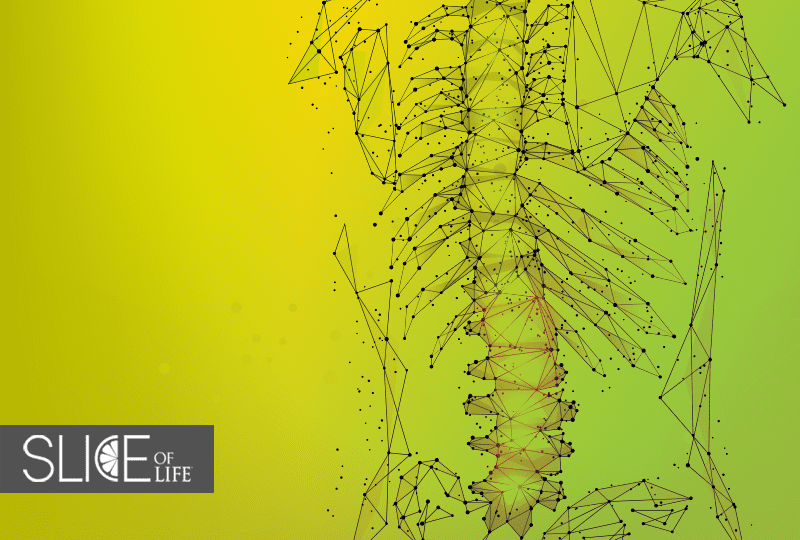Our blog makes no secret of our fascination with the technology surrounding health care. Obviously, healthcare workers always deserve our admiration, but there is something about the highest-tech gadgets around that really help you feel like we as a species are taking big steps forward and figuring out how to really take care of ourselves. For instance, we have looked at how a chiropractor might use an anatomage table or what a chiropractor might actually have to pay to get their hands on an X-ray machine. Not only do these topics give us a stronger insight into how health care is advancing in the 21st century, but it also allows young chiropractic students to start daydreaming about what their ideal space of practice might feel like in the future. Keeping in that theme, today we look at a very space-age-sounding technique: computerized dynamic posturography.
Given that you are reading this article, I’m going to assume you understand the “computerized” element, so let’s think of what the rest of that title might mean. “Posturography” is a technique of measuring and visualizing how a human body aligns itself in a sitting or standing state—if we break the word down, it is quite literally a record (“-graphy) of our posture. So, you might be thinking to yourself of an X-ray of a body in which we can see the skeletal alignment; even a layperson can probably imagine that if a chiropractor is able to see signs of asymmetry or poor posture, then they would be able to localize their care right away because they have greater insight about where the problem begins. Now, the really cool thing is what we mean when we start talking about dynamic posturography. Once we add this all-important element into the mix, we are told that this practice is defined as “a non-invasive specialized clinical assessment technique used to quantify the central nervous system adaptive mechanisms (sensory, motor and central) involved in the control of posture and balance, both in normal (such as in physical education and sports training) and abnormal conditions (particularly in the diagnosis of balance disorders and in physical therapy and postural re-education).” What’s important here is that this means we aren’t taking a single X-ray style image and seeing our inner structure inert; this is “dynamic” imaging in that it allows us to monitor the body as it goes through a range of motions. You only need to have experienced back pain once to know that it can be very certain motions that make you wince in pain, and with the right tools, a doctor can help zero in on your problem easier once they can pinpoint exactly how everything is positioned when the problem occurs.
Ok, here’s where things get cooler: check out what these things look like! Far from simply taking an image like an x-ray, these machines assess how you distribute your weight and maintain balance, and the newest models even include something akin to VR stimulus that the patient responds to in order to encourage them to move as they naturally would.
Of course, it isn’t simply that owning dynamic posturography equipment or similar balance-assessment gear means you are certified to help people out with their aches and pains. It still requires years of intensive training to know how to interpret the results of what is going on within the body as well as determine a comprehensive course of action. In fact, if reading this has already made you sit up a little straighter and get those shoulders back, you might like looking over a few tips from Life U alumna Dr. Nicole Lindsey about straightening your posture.
Slice of LIFE is an invitation to and extension of everything happening at Life U. Whether you are a current student, a potential freshman or a proud alumni, Slice of LIFE can help keep you connected to your academic community. Know of a compelling Life U story to be shared, such as a riveting project, innovative group or something similar? Let us know by emailing Marketing@life.edu.
For more information about Life University’s Doctor of Chiropractic program, please visit life.edu/academic-pages/chiropractic-program/


Social Media